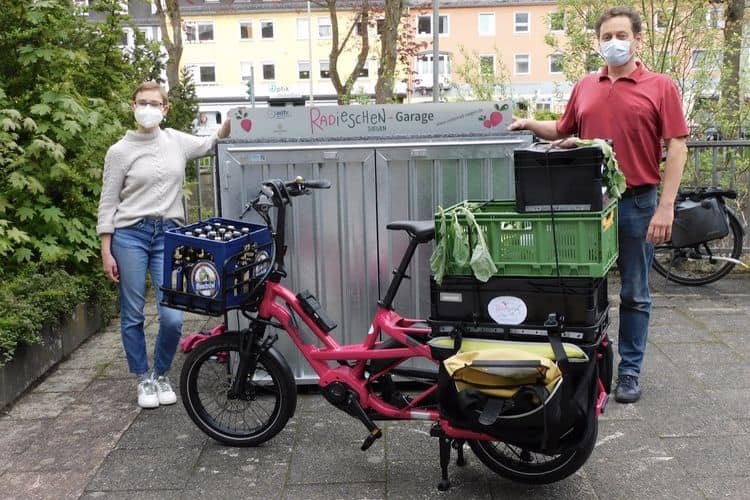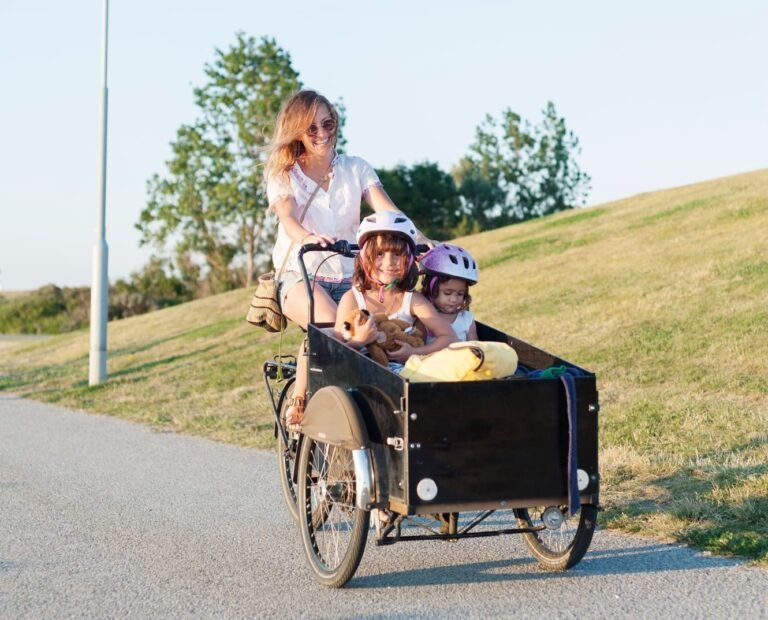Il produttore tedesco di componenti per biciclette Schwalbe ha annunciato ufficialmente una versione aggiornata delle sue camere d'aria Aerothan, e questa volta non si tratta solo di prestazioni. Le nuove camere d'aria sono realizzate con materiale riciclato 91%, con una maggiore durata, una migliore maneggevolezza e una maggiore compatibilità, il tutto prodotto attraverso un pionieristico processo di riciclaggio a ciclo chiuso.
Quest'ultimo sviluppo segna un passo significativo nel passaggio di Schwalbe verso un modello di prodotto completamente circolare, in quanto il marchio continua a fondere sostenibilità e innovazione nel mondo del ciclismo.
Cosa c'è di nuovo nel tubo Aerothan 2025?
Rispetto alle versioni precedenti, il nuovo tubo Aerothan presenta diversi aggiornamenti pratici:
- Nuovo design della valvola: Non c'è più il vecchio stelo della valvola in plastica. La nuova versione è dotata di un elegante filetto esterno. stelo valvola in alluminiomigliorando la durata e la compatibilità con una gamma più ampia di pompe e sensori.
- Maneggevolezza e stabilità migliorate: I ciclisti possono aspettarsi un controllo e una tenuta in curva migliori, grazie a una costruzione delle pareti dei tubi perfezionata e al mantenimento della forma alle alte velocità.
- Bassa resistenza al rotolamento: Mantenendo la sua caratteristica bassa resistenza al rotolamento, la camera d'aria Aerothan continua ad attrarre i ciclisti che puntano sulle prestazioni.
- Ampia compatibilità: Funziona perfettamente con la valvola Clik di Schwalbe, il sensore di velocità Bosch e il sensore Smart Bike Schwalbe Airmax.
I tubi saranno disponibili in 39 variantiche si rivolge a tutti i tipi di biciclette, dalle piccole pieghevoli alle mountain bike e alle bici da strada di grandi dimensioni. La disponibilità al dettaglio è prevista per il fine 2025.
91% Materiali riciclati: Dai pneumatici ai tubi
Forse l'aspetto più degno di nota del lancio è la storia della sostenibilità. Il nuovo tubo Aerothan è realizzato utilizzando Materiale circolare 91%gran parte dei quali provenienti da pneumatici fuori uso. Questa innovazione nasce da una partnership tra Schwalbe, Pyrum Innovations AG, E BASF-Due aziende all'avanguardia nel campo del riciclo chimico.
Ecco come funziona:
- Pneumatici usati vengono raccolti e trattati da Pyrum in un impianto di riciclaggio ad alta tecnologia nel Saarland, in Germania.
- Questi pneumatici sono suddivisi in base a pirolisi, un metodo di decomposizione termica che consente di ottenere tre prodotti utili:
- Gas di pirolisiche viene convertito in elettricità e calore di processo in loco.
- Olio di pirolisi, inviato a BASF per essere utilizzato come materia prima nella produzione di poliuretano termoplastico (TPU).
- Nero carbone recuperato (rCB), utilizzato per la produzione di pneumatici nuovi.
- BASF utilizza poi un approccio al bilancio di massa per certificare che l'olio di pirolisi sostituisce gli input di origine fossile nella produzione del TPU. Questo TPU sostenibile è utilizzato nei tubi Aerothan di Schwalbe.
Il risultato? Una nuova generazione di camere d'aria in cui la maggior parte delle materie prime proviene da vecchi pneumatici, rendendo il prodotto non solo eco-compatibile ma anche un simbolo di vera e propria economia circolare nei componenti ciclistici.
Parte di una visione verde più ampia
La nuova camera d'aria Aerothan di Schwalbe non è un prodotto isolato: fa parte del più ampio sforzo del marchio per eliminare gli sprechi e ridurre la dipendenza dai combustibili fossili. Già oggi, più di 70% degli pneumatici Schwalbe includono il nerofumo riciclato, a dimostrazione dell'impegno dell'azienda nel potenziare la produzione ecologica.
L'azienda Sistema di riciclaggio Schwalbecostruito in collaborazione con Pyrum Innovations, svolge un ruolo centrale nel consentire queste innovazioni. Mantenendo in circolazione materiali preziosi come il nero di carbonio e il TPU, Schwalbe intende dimostrare che prestazioni e sostenibilità non devono necessariamente essere in contrasto.
Non si tratta solo di una mossa di marketing. È un cambiamento del modello di business. Dimostra come i componenti per biciclette di fascia alta possano essere sia tecnicamente avanzato e responsabile nei confronti dell'ambiente-Due caratteristiche sempre più importanti per i motociclisti di oggi.
Perché questo è importante per i ciclisti di biciclette elettriche
I proprietari di biciclette elettriche possono trarre grandi vantaggi da queste camere d'aria aggiornate. Le biciclette elettriche sono in genere più pesanti delle biciclette standard e sottopongono i pneumatici e le camere d'aria a maggiori sollecitazioni. Il stabilità e resistenza alle forature offerte da Aerothan le rende ideali per il pendolarismo in bicicletta, i servizi di consegna e persino il turismo leggero.
Inoltre, il bassa resistenza al rotolamento aiuta a compensare alcuni dei limiti di autonomia comuni alle biciclette elettriche, consentendo potenzialmente di sfruttare qualche chilometro in più per ogni ricarica.
E per i motociclisti che si preoccupano di trasporto eco-consapevoleL'utilizzo di camere d'aria ricavate da vecchi pneumatici contribuisce ad allineare l'uso delle e-bike a più ampi obiettivi di sostenibilità.
Guardando avanti
Con l'aumento della domanda globale di biciclette elettriche e convenzionali, la sostenibilità dei componenti per biciclette non è più un "nice-to-have", ma sta rapidamente diventando una priorità. differenziatore di mercato. La nuova linea Aerothan di Schwalbe dimostra che i miglioramenti delle prestazioni e la responsabilità ambientale possono andare di pari passo.
I rivenditori possono aspettarsi uno stock entro il fine 2025e la distribuzione a livello mondiale seguirà di lì a poco. Che siate pendolari occasionali o proprietari di un negozio di biciclette, questo è un prodotto da tenere d'occhio.
Dichiarazione di limitazione della responsabilità sul copyright delle immagini
Alcune immagini utilizzate in questo sito web/articolo provengono da internet e sono destinate esclusivamente a scopo illustrativo e didattico per migliorare la comprensione dei contenuti. Rispettiamo i diritti di proprietà intellettuale degli autori originali e ci impegniamo a citare le fonti ove applicabile.
Se sei il legittimo proprietario di un'immagine qui visualizzata e ritieni che il suo utilizzo costituisca una violazione del copyright, ti preghiamo di contattarci all'indirizzo info@regencargobikes.comDopo la verifica, rimuoveremo tempestivamente l'immagine o forniremo la relativa attribuzione.
Grazie per la comprensione.
© Regen Technology Co., Ltd.






